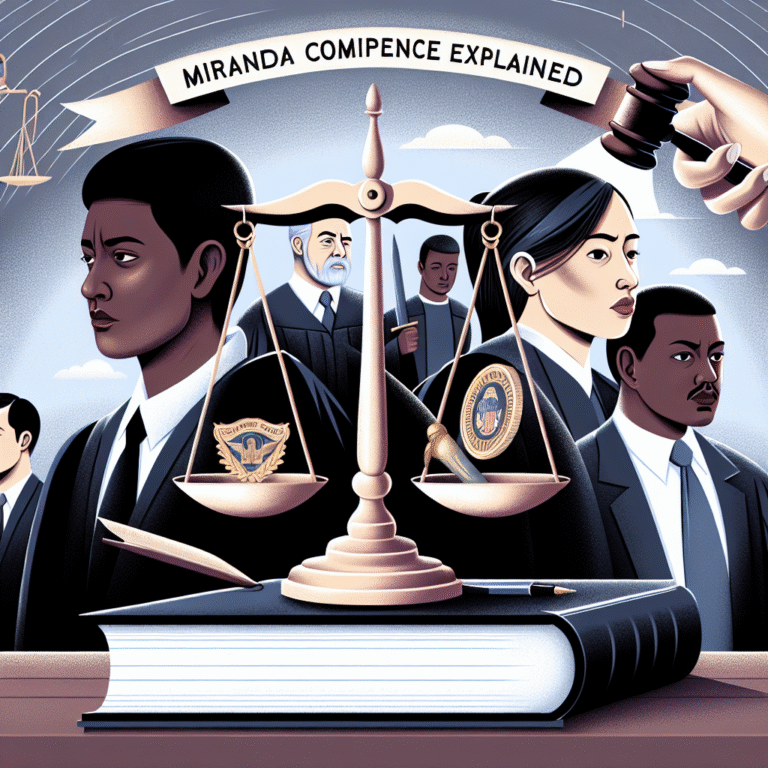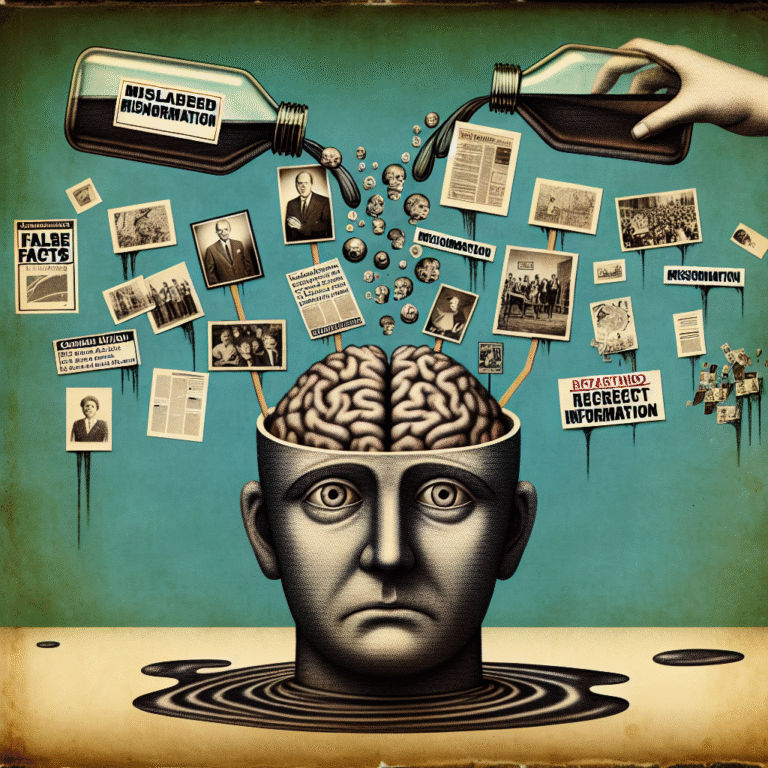
Introduction
Aggression—whether in personal relationships, workplaces, or even wider community interactions—remains a significant topic of concern in today’s society. Not only can understanding aggression lead to healthier relationships and environments, but it can also boost productivity and overall well-being. The need to develop effective assessment protocols surrounding aggression cannot be overstated. In this article, we will explore the nuances of aggression and how we can create protocols that are not just effective, but essential for fostering understanding and resolution. As we embark on this journey, let’s keep in mind that the aim here is not merely identification but understanding and management.
Understanding Aggression: The Basics
What is Aggression?
Aggression can be defined as a range of behaviors that can result in harm to oneself, others, or objects in the environment. It can manifest in various forms—from verbal altercations and bullying to physical violence and even passive-aggressive behavior. Understanding the roots and mechanisms of aggression is crucial for developing effective assessment protocols.
Types of Aggression
Physical Aggression: This includes actions that harm others, such as hitting or fighting.
Verbal Aggression: Includes yelling, insults, and arguments designed to hurt someone psychologically.
Relational Aggression: This form involves damaging someone’s social relationships or status. This is often seen in workplace or school bullying scenarios.
- Passive Aggression: A more subtle form where someone indirectly expresses anger.
Importance of Assessment Protocols
Why focus on developing effective assessment protocols for aggression? Because appropriate assessment can lead to targeted interventions that mitigate the negative effects aggression has on individuals and communities.
The Psychology Behind Aggression
Understanding Triggers
Identifying triggers is the first step in any effective assessment. Triggers can range from stress and frustration to external factors like environment and relationships. Understanding what sparks aggressive behavior allows for better assessment and management.
Table 1: Common Triggers of Aggression
| Trigger | Description |
|---|---|
| Stress | High tension leads to an emotional outburst. |
| Frustration | Inability to achieve a goal can lead to anger. |
| Environmental Factors | Poor surroundings may exacerbate feelings of aggression. |
The Role of Environment
The environment plays a monumental role in encouraging or mitigating aggression. Factors such as upbringing, peer influences, and social structures can all contribute to aggressive behaviors.
Case Study: Adolescents and Aggression
In a famous longitudinal study on teenagers, researchers observed the role of peer pressure in aggressive behaviors. The study found that adolescents who were surrounded by peers displaying aggressive behavior were more likely to exhibit similar behaviors, emphasizing the commercial value of positive environments.
Analysis of the Case Study
This case study underscores the undeniable importance of environmental factors and provides a clear direction for capturing aggressions through effective assessment protocols. By recognizing these external influences, protocols can be tailored to improve environments, thus reducing aggressive behavior.
Developing Effective Assessment Protocols
Step 1: Establish Clear Objectives
Before designing an assessment protocol, it’s essential to define clear objectives. For instance, are we looking to identify underlying causes of aggression, or are we focusing on mitigating its impacts?
Step 2: Utilize Multiple Assessment Tools
Using various tools can lead to a well-rounded understanding of aggression. Incorporate surveys, interviews, observation, and even physiological assessments to gain a comprehensive picture.
Step 3: Involve Stakeholders
Collaboration among staff, parents, and even community members can enhance the effectiveness of the assessment protocols. Everyone involved should have an understanding of aggression and related issues.
Chart: Effective Assessment Protocol Components
| Component | Description |
|---|---|
| Objectives | Clearly defined goals for the assessment. |
| Tools | Surveys, interviews, and observations. |
| Stakeholder Involvement | Engaging parents, teachers, and community. |
Step 4: Continuous Evaluation and Improvement
Assessment protocols are not static. Continuous evaluation is crucial for adapting to any changes in the environment or individual behaviors. Require feedback from users of the protocol to improve and refine over time.
The Importance of Early Intervention
Proactive assessment can catch aggressive behaviors before they escalate. This requires timely and immediate actions tailored to the individual.
Case Study: Workplace Aggression
In a corporate environment, implementing a new assessment protocol led to a significant decline in reported aggressive incidents. By initiating anonymous staff surveys and focus groups, the management could address concerns and improve the workplace atmosphere. The result? A more harmonious environment that fosters respect and productivity.
Analysis of the Case Study
This case emphasizes the immediate benefits that come from deploying effective assessment protocols. When employees feel heard and valued, aggressive behaviors decline, leading to a direct boost in workplace morale and performance.
Challenges in Assessment
Subjectivity in Interpretation
One of the most significant hurdles in developing effective assessment protocols is the subjectivity involved in gauging aggression. How do you measure something that can be interpreted so differently by individuals?
Cultural Sensitivity
Cultural differences can also affect interpretation and expression of aggression. What may be deemed acceptable in one culture may be viewed as highly aggressive in another.
Resources and Training
Well-trained staff are integral to the success of any assessment protocol. Investing in quality training ensures that everyone involved is equipped to recognize and mitigate aggressive behaviors effectively.
Conclusion
Aggression in Focus: Developing Effective Assessment Protocols is an impressive endeavor that can lead to more harmonious environments, whether personal or professional. By understanding the psychology behind aggression, establishing clear objectives, employing multiple assessment tools, and continuously refining those protocols, we can cultivate spaces where aggression is minimized, and understanding thrives.
Key Takeaways
- Understand the types and triggers of aggression.
- Involve all stakeholders in the assessment process.
- Continuously evaluate and modify protocols to adapt to changing conditions.
FAQs
1. What exactly are assessment protocols for aggression?
Assessment protocols are structured approaches to identify, evaluate, and manage aggressive behaviors in various settings, ranging from schools to workplaces.
2. Why is it essential to involve stakeholders in this process?
Involving stakeholders, such as parents or management, ensures a holistic approach that captures various perspectives and fosters collaboration in tackling aggression.
3. How often should these assessment protocols be evaluated?
Regular checks—ideally biannually or annually—should be conducted to ensure the protocols are effective and still relevant.
4. What training is required for professionals implementing these protocols?
Training should focus on recognizing aggressive behaviors, understanding triggers, and employing conflict resolution strategies.
5. Are there specific behavioral signs to watch for?
Yes, signs can include sudden outbursts, body language changes, or increased conflict with peers. Identifying these early can provide crucial insights into underlying issues.
By honing in on Aggression in Focus: Developing Effective Assessment Protocols, we can not only improve individual lives but also foster communities and workplaces where respect and understanding reign. Let’s engage in this journey toward enhanced communication and positive interactions.

















